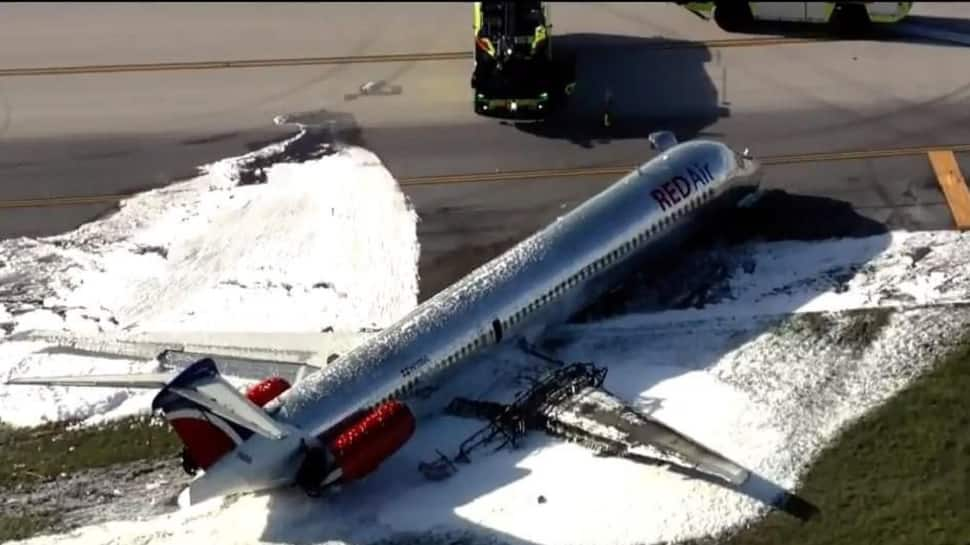The part of CSFF criteria that is difficult to tell (IMHO) is exactly what you describe doing. Finding a "vantage point" inside even an empty airplane is hard as hell, as far as I have seen (open to suggestions from you all who have done it many more times than me). The field of regard is small, and the lighting often is really not helpful. A row or two behind the trailing edge is about the best I can do, from where I can look across the wing and sort of judge from an oblique angle, but if tops of the wings are wet (from previous precip), I'm 50/50 if I trust what I am seeing. I've done the aft cargo loader, as well as the jet bridge, and neither are very good. Have also used the ladder, which is I guess the most effective. Point being, determining if there is anything outside the boxes on the topside is somewhat of a judgement call in certain conditions until you conduct an actual ice check. I agree with you though, I haven't run into a single CA yet that wanted to die on that hill. Most of those cases I'm speaking of, I come back in and say "I really can't tell for sure" which always seems to be good enough for them. We waited in STL for over an hour, for a deice crew to spray us, when every tom dick and harry at OAL was pushing back and going (because both iceman and our sta ops were apparently not at work yet). It was probably the right thing to do......I mean who knows what the situation for those other jets was. Ours had been overnight at around freezing with rain and sleet, which had subsided by my walk around. Any aircraft that landed in the last few hours wouldn't have needed the same treatment. /long post about things which I don't know
also.....I believe it is fuel temp of greater than -16 right?

Also I said "jet" like 5 times just there.....



